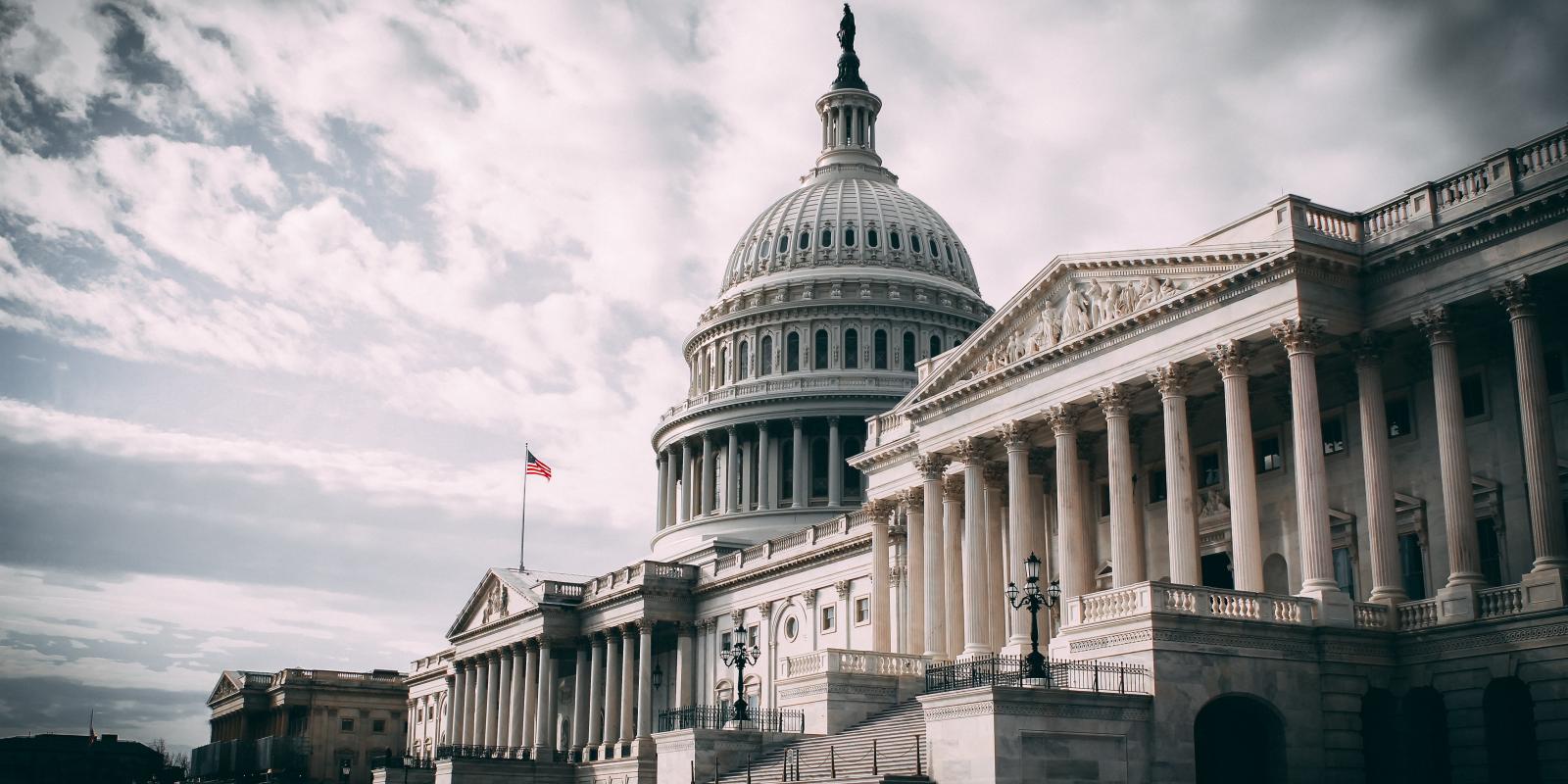The COVID-19 pandemic has shaped a growing national consensus that long-term care is harmfully inaccessible due to lack of coverage, long wait lists and inconsistent quality, and that direct care workers working in homes and communities are unprotected, underpaid and undervalued. However, the spring and summer have proven to be a frustrating time for long-term care-reform advocates.
The Promise of the American Jobs Plan
As part of the Biden administration’s “Build Back Better” vision, the American Jobs Plan is the first of two proposals to follow the American Rescue Plan. The original proposal released in March by the White House allocated $400 billion (spent over eight years) toward Medicaid’s home- and community-based services (HCBS). On the heels of the American Rescue Plan, which included a one-year, $12 billion increase in federal spending toward Medicaid HCBS, this is the largest expansion of Medicaid HCBS in American history.
What Happened (to HCBS and Long-term Care Reform)?
In the first iteration of the Jobs Plan, infrastructure is broadly defined to include not only “traditional” physical infrastructure, but human infrastructure in the form of affordable education and childcare, expanded access to long-term care services, and transforming caregiving work from precarious and low-paying to middle-class jobs with benefits and collective bargaining powers.
Between April and June, Senate Republicans presented three counter proposals that consistently opposed the original proposal’s breadth, cost and corporate tax increases, and each proposal left out long-term care reform. When negotiations between the Biden administration and Senate Republicans collapsed in June, negotiations changed hands to a bipartisan group of Senators. The bipartisan agreement reached on June 24, at $1.2 trillion, while being the largest infrastructure investment to date, still leaves out human infrastructure initiatives (including the $400 billion investment in Medicaid HCBS).
Moving Forward
Despite increasingly limited proposals and the latest omissions of caregiving infrastructure initiatives in bipartisan negotiations, the conversation on long-term care reform and investment in caregiving infrastructure is far from over.
A scaled back version of HCBS investment may still be on the table. The Senate expects to consider the bipartisan package in July and the Biden administration’s larger proposal will not see final votes until the fall. During that time, the Biden administration and Democratic leadership have announced they will pursue “two-tracks”: a bipartisan bill and reinstating cast-off initiatives through budget reconciliation (a parliamentary strategy that bypasses the filibuster process and allows a simple majority to pass legislation).
This approach is mired in uncertainty. Progressive Democrats have signaled they will not support the bipartisan bill without securing a broader infrastructure package through budget reconciliation. And some Republicans have indicated they will withdraw support from the bipartisan bill if it is linked to a reconciliation package.
Better Care Better Jobs Act
The same day that the bipartisan group announced a compromise agreement on the American Jobs Plan, a group of Democrats introduced the “Better Care Better Jobs” Act (BCBJA) in the Senate and the House. The BCBJA absorbs many of Biden’s proposals for increased HCBS funding and strengthening and expanding the HCBS workforce. It would permanently increase by 10 percent the Federal Medical Assistance Percentage (FMAP) for states. A condition for states to receive this increase is that they promote recruitment and retention of direct care workers by addressing HCBS payment rates. The legislation would also make permanent both the spousal-impoverishment protections in Medicaid and the Money Follows the Person program. The bill has already garnered support from more than 40 co-sponsors in the Senate.While the ultimate path toward much needed reform remains uncertain, the national conversation on long-term care isn’t over.
Timeline
|
Pallavi Podapati is ASA’s Program Development intern and a pursuing her doctorate in history at Princeton University. Her research covers labor, disability and social policy.













